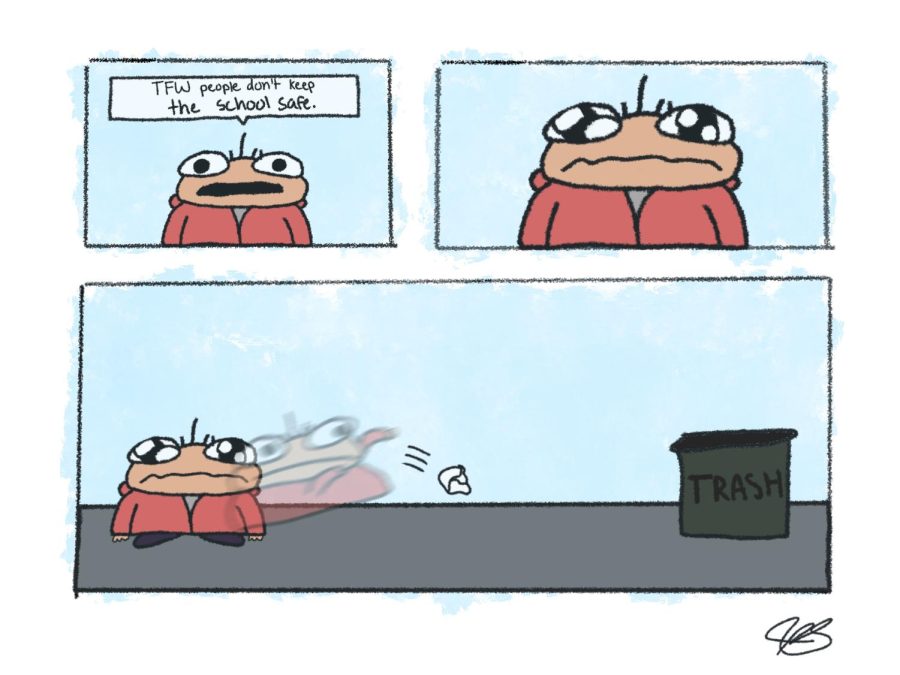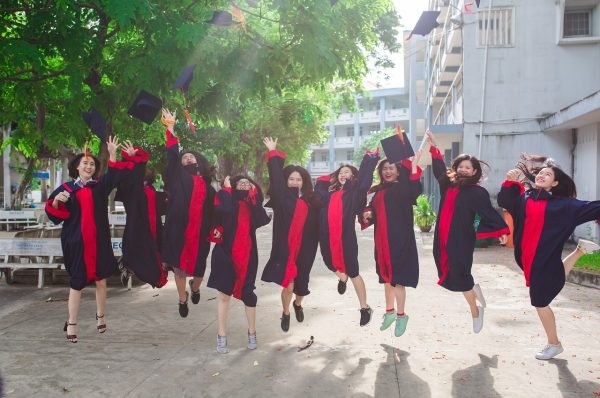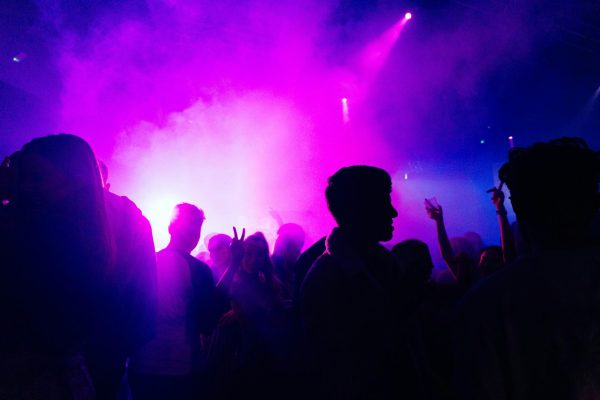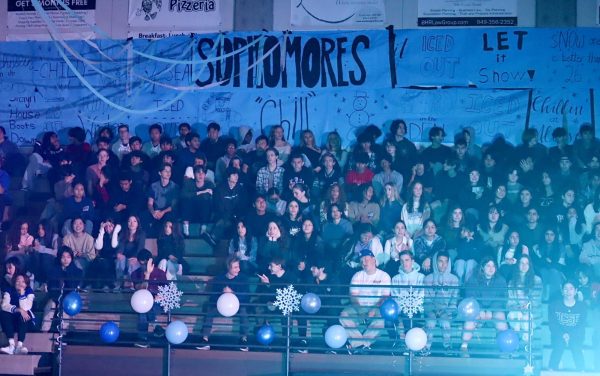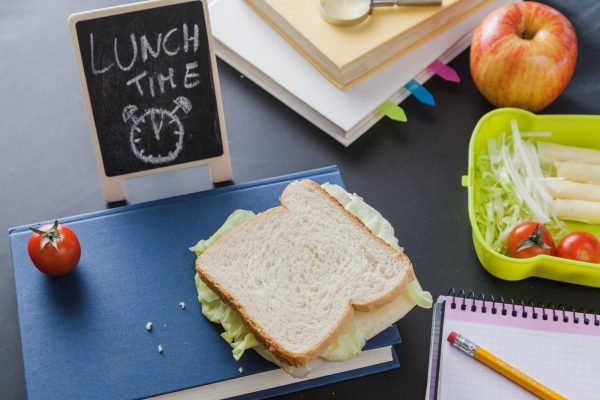How Can We Make Our School Safer?
Just a few weeks ago, Aliso Niguel had to enter a shelter-in-place lockdown, which made both students and staff nervous. Students should be able to come to school daily and not have to worry about any type of danger; however, it can happen weekly at our school.
Both the students and staff have to find ways that make the school safer and more effective. Every day, there are Aliso Viejo police officers working around the school, yet it does not always seem to make a difference. When they are not near students, kids are constantly getting into fights or vaping inside the bathrooms.
This might mean that we need even more officers and possibly someone to be monitoring the bathrooms in the morning since that is when the vaping seems to happen most. There is a constant need for new proctors who can keep a view on all the different parts of the school. There could be unusual business happening in the parking lot but also in the back of the school by the 600 buildings.
Brianna Salerno (12) says that it is important to “make sure subs know what to do during each drill, like the difference between a lockdown and a shelter in place.” On the last shelter in place, some teachers moved their whole class away from the windows while others just kept on with their lessons. There should have been a time and place for both teachers and students to learn the details for each drill.
A difference also needs to be made when the announcements are going off from the administration on the intercoms. Oftentimes, they seem to say something, but then do not specify if it was a drill or an actual emergency, continuously confuses the students. If they want us to be better prepared, they have to work on their delivery during tense situations or just common drills.
Instead of worrying about dress code, they should have more assemblies about safety.
Alana Keithley (12) said that we should “maybe have a safer evacuation zone…the field seems like one of the worst places to go in an emergency.”
If there was an actual fire, there would be complete chaos and no student’s first thought would be that the field is their safest option at the time; many would get in their cars and leave. They should work on adding new areas in case of true emergencies and the field being so far away from some parts of the school.
Keithley also mentions that during shooter drills that “I feel like if you’re outside and can’t get to a classroom in time, there isn’t anything they teach us to protect ourselves with. Or if we are inside, and the threat somehow gets into the classroom, what are we supposed to do in the situation?”
Aliso Niguel goes over the basics of an emergency, but it does not seem that our school will actually be prepared during an actual emergency. There are steps that need to be taken by both the students and staff at our school to make sure we are all safe.
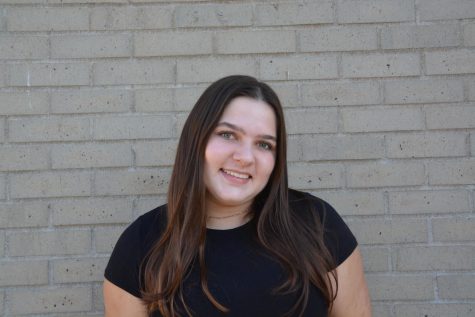
Madelyn is currently a junior at Aliso Niguel High School and this is her second year on the newspaper. She enjoys practicing and competing with the school’s...
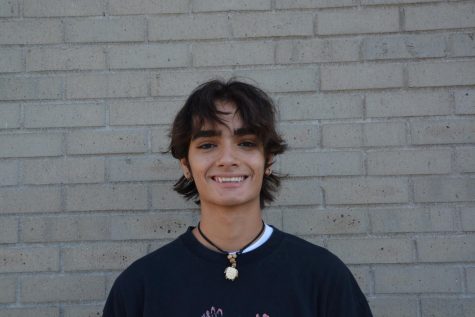
Ryan is a senior at Aliso Niguel High School. This is his first year in the newspaper, and he is so excited to join the Growling Wolverine team. He loves...
